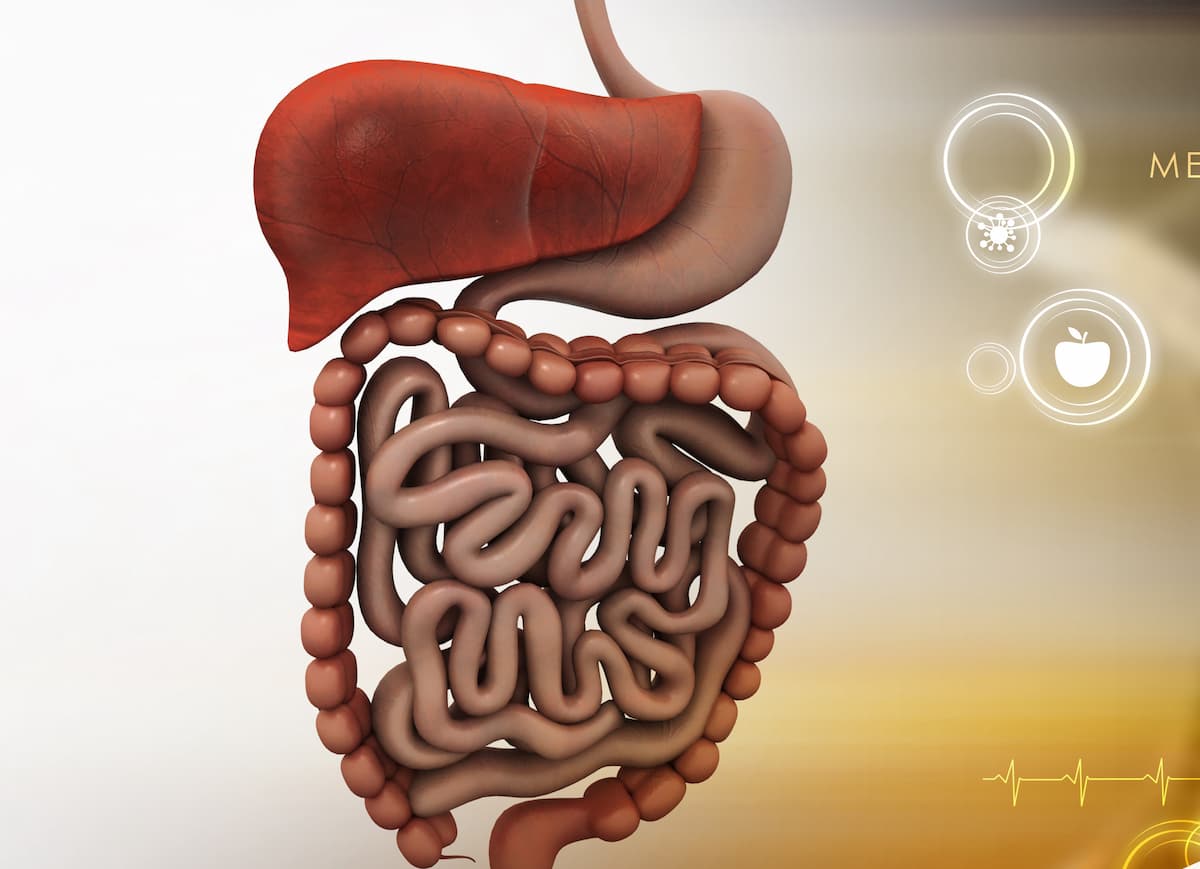Six-Year Imatinib Maintenance Therapy Reduces Recurrence Risk in GIST
Investigators found that imatinib maintenance therapy for 6 years reduced the risk of recurrence in patients with gastrointestinal stromal tumors.
“The results of the IMADGIST trial [NCT02260505] support 6 years duration of adjuvant imatinib for high-risk GISTs," according to study author Jean-Yves Blay, MD, PhD.

Utilizing imatinib for 6 years vs 3 years significantly reduced the risk of recurrence for localized gastrointestinal stromal tumors (GIST), according to results from the phase 3 IMADGIST trial (NCT02260505) presented at the 2024 European Society of Medical Oncology Virtual Plenary Session.
The 3-year disease-free survival (DFS) in the 3-year treatment arm was 55% (95% CI, 42%-67%) vs 87% (95% CI, 76%-93%) in the 6-year arm (HR, 0.40; 95% CI, 0.20-0.67; P = .008). For patients with a risk of relapse between 35% and 70%, similar figures were observed in the 3-year arm, but the 6-year arm had superior DFS, and 1 patient had a relapse during these time periods. For patients with a risk of relapse beyond 70%, the 2 Kaplan-Meier curves did subsequently merge.
When analyzing the DFS in the subgroup with a risk of relapse of more than 70% with or without rupture, patients without rupture but a high risk of relapse had a significant benefit with the prolongation of treatment. Those with rupture who were at high risk did not have a significant difference in DFS.
“Extending the adjuvant imatinib treatment duration from the standard 3 years to 6 years confers a significant reduction in the risk of recurrence,” study author Jean-Yves Blay, MD, PhD, professor of medicine at the University Claude Bernard in Lyon, general director of the Centre Leon Berard, the Comprehensive Cancer Centre of Lyon France, said during the presentation. “The results of the IMADGIST trial support 6 years duration of adjuvant imatinib for high-risk GISTs.”
The primary end point was DFS. Secondary end points included overall survival (OS), time to secondary resistance, objective response after reintroduction of imatinib, and quality of life.
In the 3-year arm (n = 65), 61.5% of patients were female, the median age was 63 years, and 43.1% and 43.1%, respectively, had gastric and small bowl tumors. A total of 47.7% of patients had a tumor of 10 cm or larger, 73.8% had more than 5 per 50HPF mitotic index, 56.9% had a risk of relapse higher than 70%, and 15.4% had rupture.
In the 6-year arm (n = 71), 60.6% of patients were male, the median patient age was 62 years, and 50.7% of patients had small bowel tumors. Additionally, 52.1% of patients had a tumor size of 10 cm or more, 64.8% had a mitotic index of more than 5 per 50HPF, 47.9% had a 70% or higher risk of relapse, and 12.7% had rupture.
Mutation characteristics were also discussed. In the 3-year arm, most patients had exon 11 (83.1%), specifically that of Del 557-558 (40.0%). In the 6-year arm, 84.5% of patients had exon 11 mutations, with 46.5% being Del 557-558. Other mutations observed between the 2 arms included exon 9 (7.7% vs 7.0%), exon 13 (3.0% vs 1.4%), and exon 17 (1.5% vs 1.4%).
Platelet-derived growth factor receptor was also observed between both arms. Mutations observed included exon 12 (1.5% vs 0%), exon 14 (0% vs 1.4%), and exon 18 (1.5% vs 1.4%).
In the 6-year treatment or maintenance arm, 11.3% of patients were given an initial dose of imatinib at 300 mg per day, and 88.7% were given 400 mg per day. Of note, imatinib exposure at 3 years post randomization occurred in 59.2%, 9.9% had 1 or more temporary interruptions, and 2.8% had at least 1 dose reduction. Of the 40.8% of patients with exposure at less than 3 years post-randomization, 11.3% of patients experienced progression, 5.6% stopped treatment due to toxicity, 2.8% stopped early via investigator decisions, and 4.2% discontinued due to patient decisions.
Any-grade adverse effects observed in the 3- and 6-year arms included muscle spasms (22% vs 51%), diarrhea (23% vs 44%), asthenia (17% vs 30%), fatigue (22% vs 21%), and abdominal pain (11% vs 21%).
Reference
Blay JY, Schiffler C, Bouche O, et al. A randomized study of 3 vs 6 years of adjuvant imatinib in patients with localized GIST at high risk of relapse. Presented at the 2024 European Society for Medical Oncology Virtual Plenary Meeting; May 9, 2024.